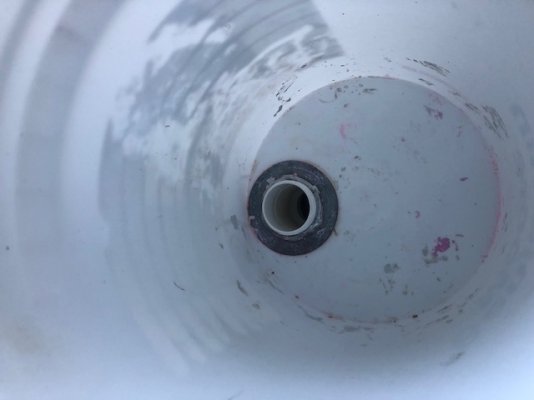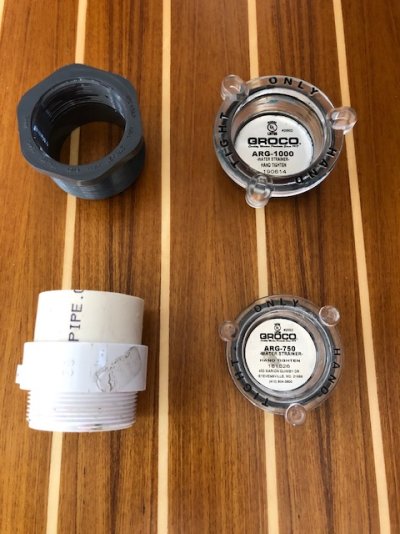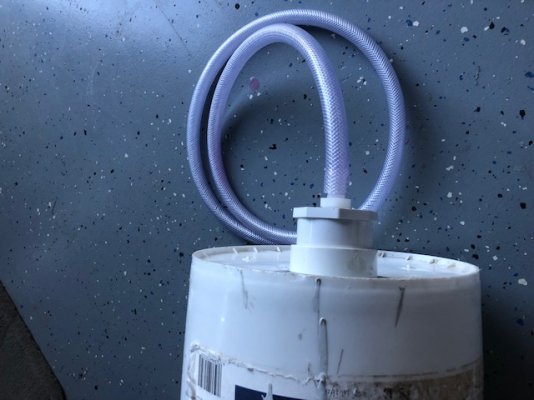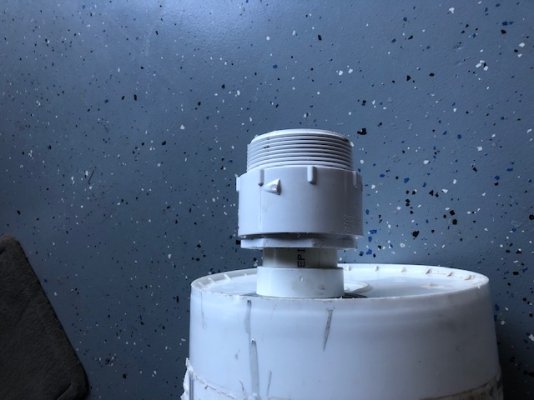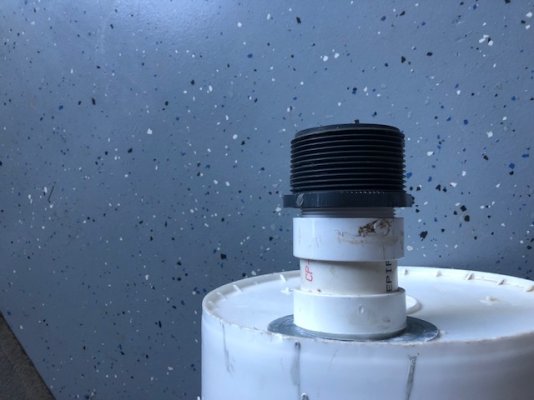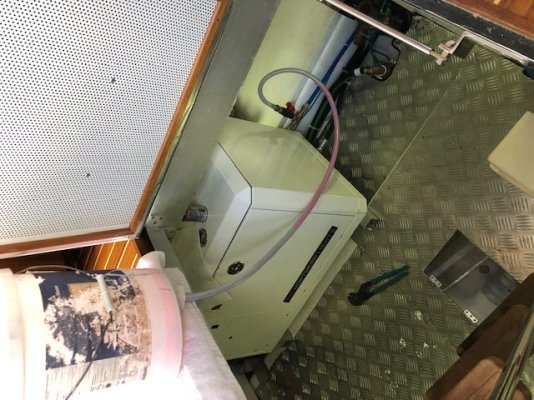paulga
Guru
- Joined
- May 28, 2018
- Messages
- 1,328
- Location
- United States
- Vessel Name
- DD
- Vessel Make
- Marine Trader Sundeck 40'
have you seen the 5 gallon bucket with a spigot and valve, and the thick flex hose that connect to the valve and raw water intake rubber hose?
what are the names of these?
[update]: PO will not pursue this method as I heard that gravity feeding is not preferred. instead, I plan to disconnect rubber hose from the seacock to put in a bucket
what are the names of these?
[update]: PO will not pursue this method as I heard that gravity feeding is not preferred. instead, I plan to disconnect rubber hose from the seacock to put in a bucket
Last edited:

